Why shoot JPEG?
Reasonably often in these articles I suggest taking your photos using RAW image format, especially when discussing editing of photos. The same advice is given in many other articles and discussion fora across the web - if you're serious about photography, then you should probably be shooting RAW, not JPEG.
However, like all guidelines in photography, RAW format is not always the best choice. Depending on your photography style and workflow, JPEG format may actually be more suitable than RAW. In this article, then, we'll look at the various benefits of shooting straight JPEGs and avoiding RAW altogether.
Previsualization
If you use a camera that features an electronic viewfinder, or you use your DSLR's liveview method for framing your shots, then shooting JPEG can help you in framing and composing your shot. Any JPEG settings that you change, such as saturation, white balance, contrast, film simulation modes, etc. will be reflected in the image you see through the viewfinder (or on the screen) as you compose your shot.
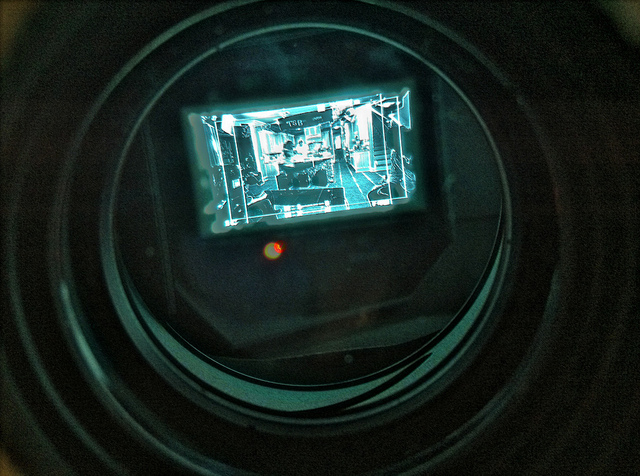
EVF by Sean Davis on Flickr (licensed CC-BY-ND)
For example, if you're shooting in black and white, then you see the scene in black and white as you compose the image. This helps greatly in seeing what the final image will look like before you take it.
Not only can you see the framing and composition, as you would with a traditional optical viewfinder camera, but you can also see the exposure and processing that will be applied to the image.
If shooting in RAW format, you still get some benefit from seeing the exposure of the image. But the other JPEG settings will be discarded when you process the RAW file. You don't get the same WYSIWYG experience as you do when shooting JPEG format.
If you think a scene will make a great photo with a high contrast setting, when shooting JPEG you just turn up the contrast setting. And you see through the electronic viewfinder or on the screen what the image will look like. And how the image looks may very well guide you further on composition, framing, and exposure adjustments.
Whereas with RAW format you'd be much more likely to just take the photo using standard 'flat' settings. You wouldn't get the high contrast preview, and would be unlikely to think of making the same adjustments to improve the image without actually seeing the effect in action.
No RAW conversion issues
When shooting JPEG, you can simply transfer the file across to your computer and it'll look the same as it did on the camera. Whereas with RAW files the appearance of the image depends on the software you're using to view / convert it.
Hues might be shifted slightly, or contrast a bit stronger or maybe weaker. Unless you stick strictly to your camera manufacturer's software (which few photographers do), then your RAW files are very likely to look different to how they appeared on the back of the camera. This is particularly true if you apply a camera specific effect, such as a film simulation mode.
If your RAW conversion software is several years old and you've just bought a new camera, you may find that you can't even view the files at all. Most camera manufacturers introduce changes to their RAW format with each new camera, meaning you need the latest software updates to open RAW files from the newest cameras.
Not so with JPEG, which is a much more universal format. You can open it in virtually any image viewer or editor, no matter how old.
Shoot fast for longer
JPEG file sizes tend to be quite a bit smaller than RAW files. This means the camera can save a JPEG file to the memory card quite a bit quicker than it can a RAW file. In normal use, where you're just taking a single photo at a time, this doesn't make much difference.
However, if you're shooting a burst of images in quick succession it makes quite a big difference. It depends greatly on the camera you're using, but all cameras have a limit on how many RAW files you can shoot in quick succession.
If you reach this limit, the camera either locks up, not letting you take any more photos until the images have finished writing to the memory card. Or it will still let you take photos, but at a much reduced rate (again, until the images have finished writing to the memory card).
As an example, you might have a camera that can shoot at 5 frames per second, but only up to 10 RAW images in a single burst. Whereas when shooting in JPEG format, the same camera may let you shoot up to 100 images in a burst before it slows down / locks up.
For Sports Photographers, shooting bursts of images is very common. Shooting a burst of one piece of action only to find its followed by another piece of great action you can't capture well due to a full buffer can be a problem. And so JPEG can be a better choice than RAW.
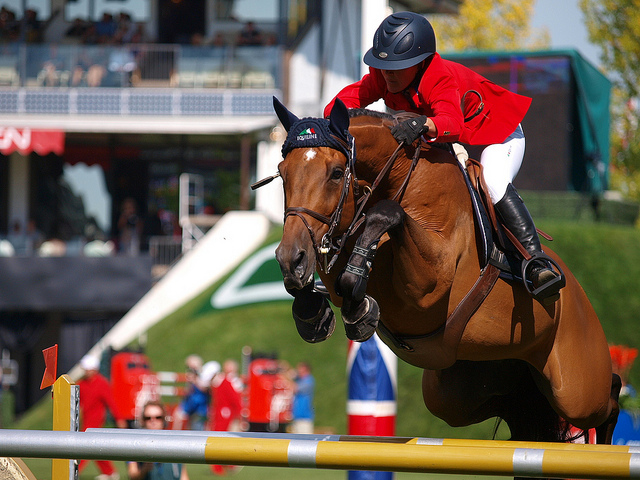
Horse Show Jumping at Spruce Meadows by Wilson Hui on Flickr (licensed CC-BY)
Having said that, most Pro Sports shooters use high end cameras that can capture large numbers of RAW images in a single burst. But if you want to get into Sports photography and don't have a top of the range camera, then you might well want to try shooting JPEG.
Improve your photography
When shooting RAW there is a very real temptation not to pay careful attention to your camera settings. You can always fix the exposure or white balance later when processing the RAW file.
With JPEG there is much more pressure on you to get it right in camera. While JPEGs can be edited (as we'll come to later), they're not as flexible as RAW. If you've over-exposed your photo and the wedding dress has come out pure white you can't just recover the detail with JPEG.
So shooting JPEG encourages you to think more carefully about your camera settings, and get everything set correctly. It helps you become a better photographer.
Not all cameras have RAW
This is a bit of a silly point, but I thought I'd include it anyway. Not all cameras can shoot in RAW format. Some provide JPEG only, for example many phone cameras have no RAW option. If your camera doesn't support RAW format, then that's certainly a good reason for shooting in JPEG.
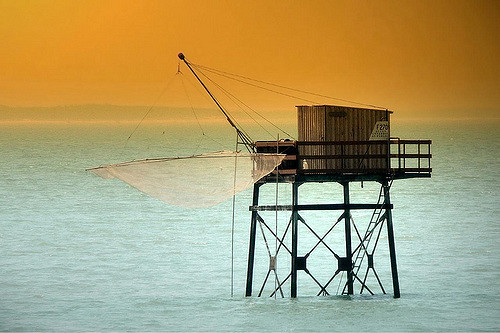
Fishing House by photophilde on Flickr (licensed CC-BY-SA)
It should also be noted that while some camera phones are starting to support RAW format, it usually doesn't offer much over a JPEG. Because phone image sensors are so small, there isn't much more data captured in a RAW file than a JPEG.
Sharing & Distribution
Another good reason for shooting JPEG format is that you can quickly and easily share a photo taken in JPEG. You can just transfer the image from your camera to your phone or laptop, then share it with the world from there. There's no requirement to go through the RAW conversion process before you can share the image.
If you're shooting for a client, getting your photos right in-camera, and marking your selects as you go along, then you can easily give the client the images at the end of the shoot. No waiting for RAW processing, the client can have their images there and then.
Now, I don't recommend this way of working myself. However, it will be a workflow that suits some photographers.
Editing a JPEG is OK
While RAW format images offer greater flexibility in editing than JPEG, it's not as if JPEG images can't be edited at all. When performing minor adjustments the end result is not likely to have an appreciable difference whether the source image is RAW or JPEG. This is especially true if the image is going to end up downsized for web viewing anyway.
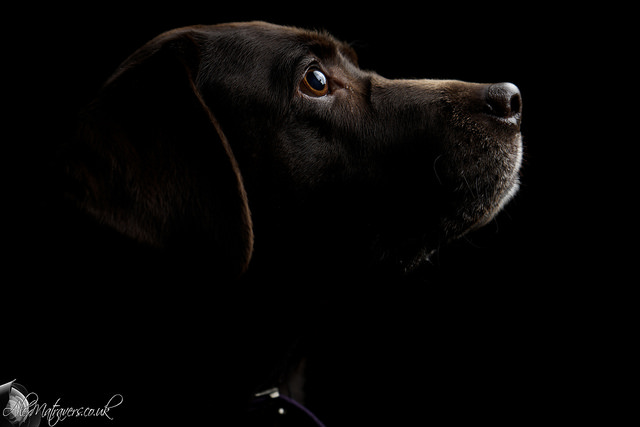
Jess - low key by Alex Matravers on Flickr (licensed CC-BY-ND)
You can even perform more extreme adjustments on JPEG images, and the results may be more than good enough for you. It all depends on what you consider to be acceptable in terms of image quality.
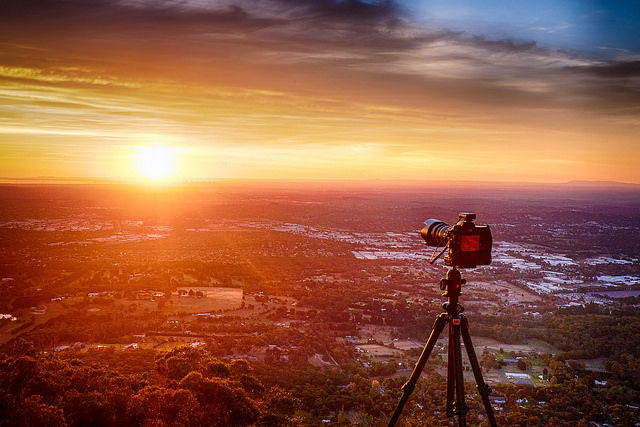
Capturing a capture - Mt Dandenong by r reeve on Flickr (licensed CC-BY-ND)
Takes up less space
As I mentioned in the section on burst shooting earlier, JPEG files tend to be around half the size or less of their RAW equivalents. This means you can fit many more JPEG images on a memory card or a hard-drive than RAW files.
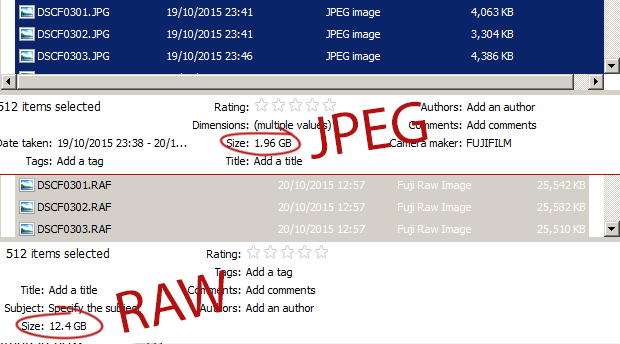
Comparing the file sizes of the JPEGs against the RAWs from a set of images shot RAW + JPEG shows just how much smaller the file sizes of the JPEGs are
Shooting JPEG can save you money in terms of the number / size of memory cards and hard drives you have to buy to store your images.
No problems with image quality
Technically, RAW format offers superior image quality to JPEG. However, really this is a moot point unless you are editing your images. A RAW file will always have to be converted to JPEG before it is distributed anyway.
If you get everything right in camera, then a JPEG shot in camera will be identical in quality to a RAW file converted to JPEG. And if you compare a JPEG shot correctly to a RAW file shot incorrectly and then corrected in post, the JPEG image will actually be superior in quality.
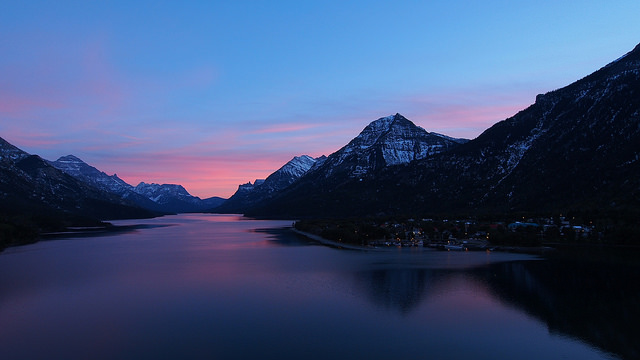
Upper Waterton Lakes at Sunset by Wilson Hui on Flickr (licensed CC-BY)
Ultimately, shooting in RAW format still offers enough benefits over JPEG to make RAW format the best choice for many photographers. (I greatly prefer shooting in RAW format myself as I edit my images quite heavily). However, that doesn't mean RAW is the best choice for everyone.
I hope through this article I've highlighted some of the good points about the JPEG format and why you might actually be better off using it than RAW. As I said at the start of the article, you need to evaluate what will work best for your photography. For some photographers that's RAW, for others it will be JPEG.
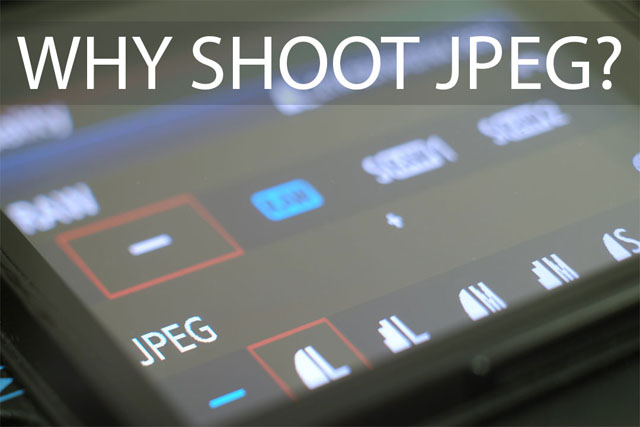
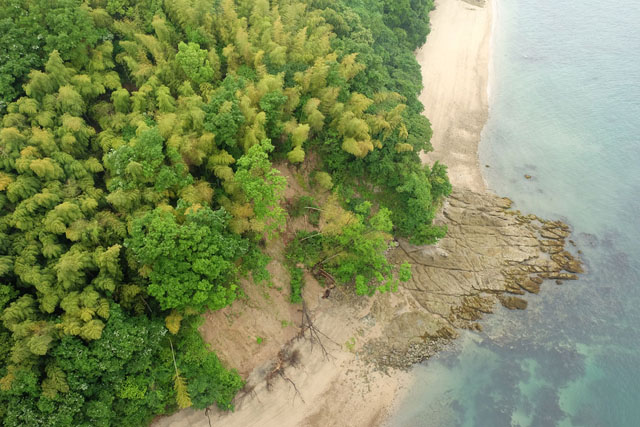
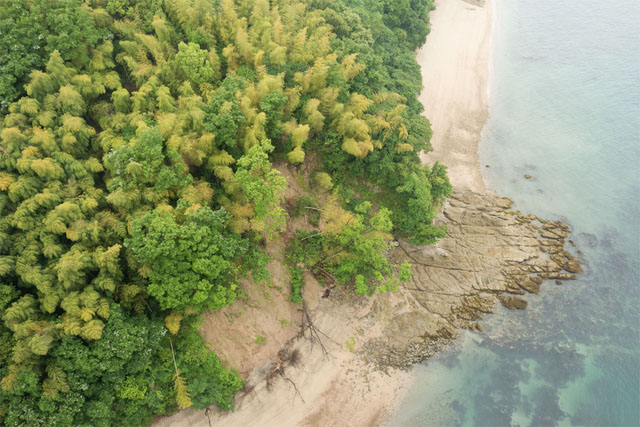





Dear Sir,
Good morning!
Thanks for a good article that clarifies a number of matters in this regard.
One more reason, according to me, to shoot in JPEG, is the stiff learning curve involved in learning how to process RAWs. I’ve had a look at GIMP, RAW Therapee, Camera company provided software and find them quite stiff to learn. As it is for a photographer there is so much to learn about the camera, composition, settings, effects etc. that this additional learning will be at the cost of some more essential aspect. Hence, at least till he gains sufficient proficiency, it is advisable that the photographer stay with JPGs.
One more consideration is whether the photographer is a hobbyist or professional. For professionals or serious amateurs, working with RAW may make sense; however, for a pure hobbyist, as you mentioned in the article, learning to get things right in camera should be preferred over the crutches of “i’ll do it in the post.” He better spend his time learning photography.
Thanks.
— Ravindra Kathale
Hi Ravindra
Thanks for the thoughtful comment! I agree, that’s another good point. Trying to learn too many things at once can make it difficult. Better to just focus on one or two at a time, as you suggest, then when you’ve mastered those aspects move onto learning another aspect.
Dave